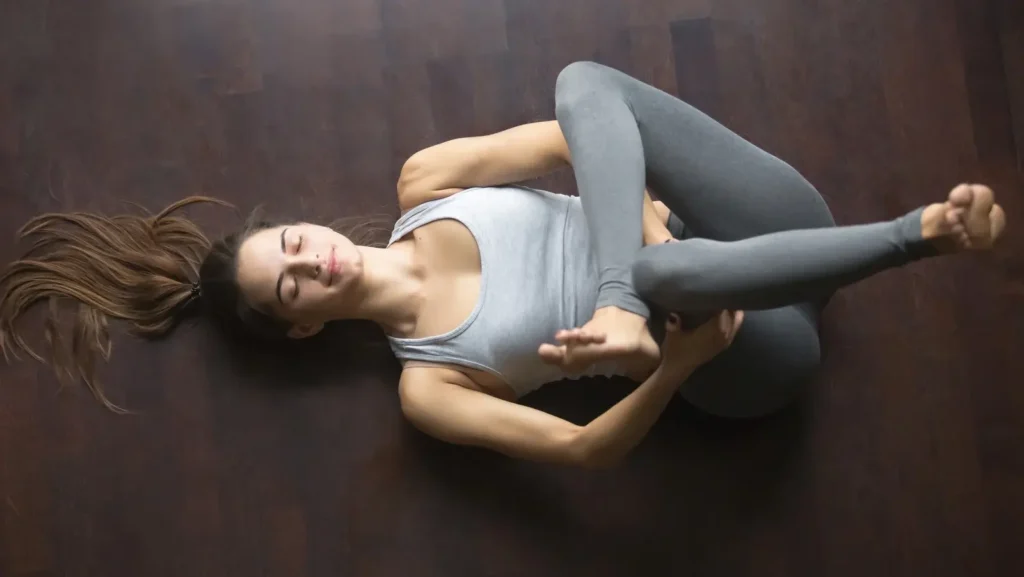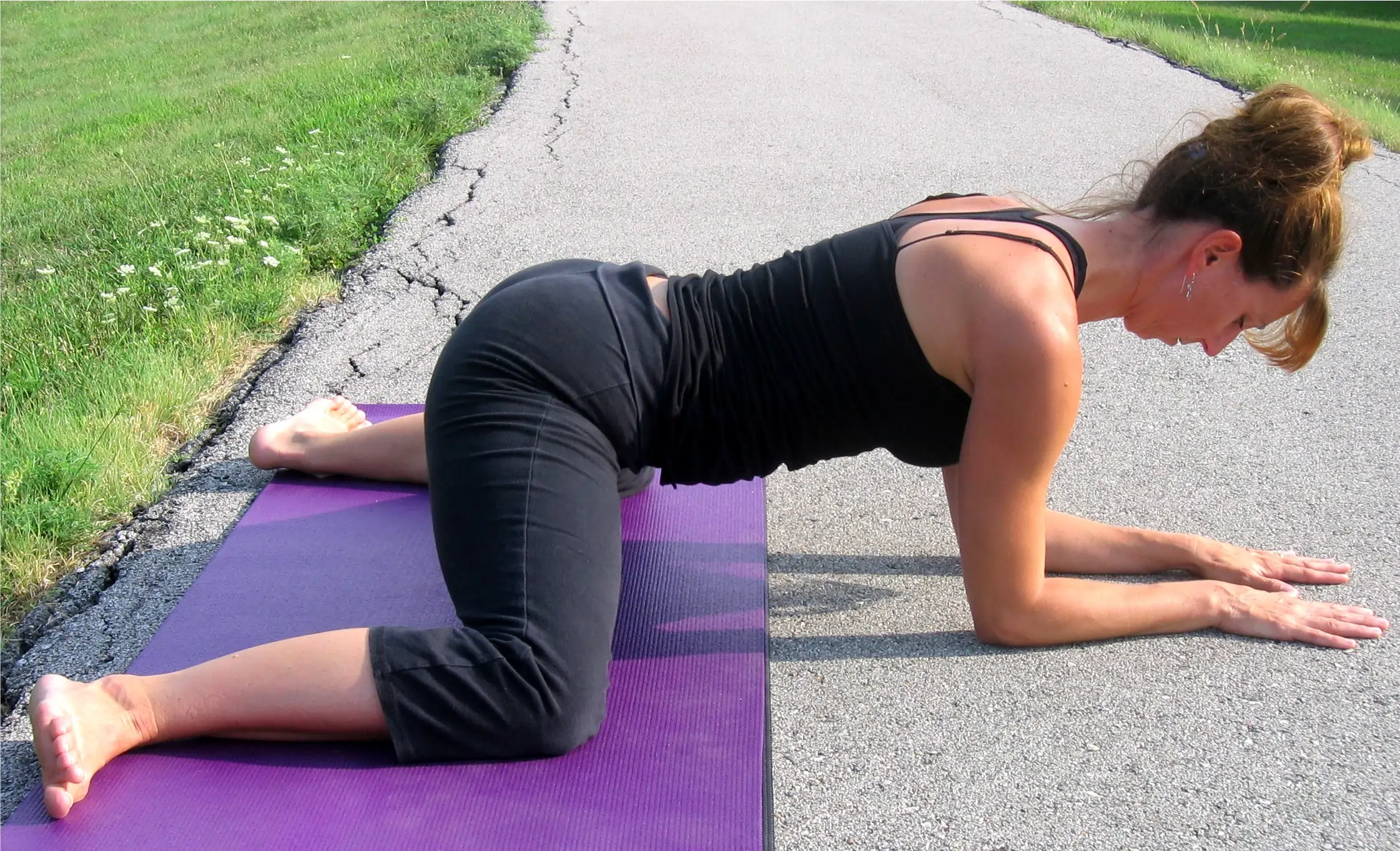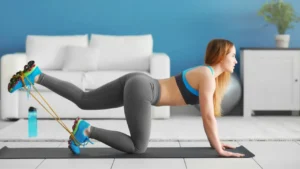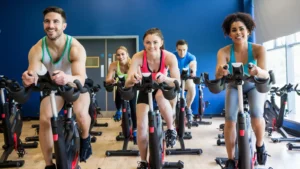
Including an adductor stretch in your daily routine can significantly improve flexibility and joint health. These stretches focus on the inner thigh muscles, which play a vital role in hip stability and overall mobility. In this guide, we explore the importance of adductor stretches and provide techniques to help you maintain healthy joints effectively.
Understanding Adductor Stretch
The adductor stretch targets the adductor muscles, located on the inner thighs. These muscles play a critical role in stabilising the hips and bringing the legs together. Regularly practicing stretches, including a leg yoga pose can help prevent injuries, improve posture, and enhance performance in activities such as running and yoga.
Why Focus on the Adductors?
Tight or weak adductor muscles can lead to limited hip mobility, poor balance, and an increased risk of groin injuries. Regular stretching of these muscles promotes a better range of motion and supports long-term joint health. Incorporating adductor stretches into your fitness routine can alleviate stiffness and improve daily activities.
The Importance of Stretching for Joint Health
Stretching is crucial for maintaining joint health, as it reduces strain on the joints and enhances flexibility. By increasing blood flow, stretching nourishes muscles and joints, supporting recovery and long-term function. Proper stretching can also prevent joint-related conditions like arthritis and improve overall well-being.
Stretching improves joint functionality by enhancing flexibility, reducing stiffness, and preventing injuries. It also promotes relaxation, helping to lower stress levels while aiding muscle recovery. Incorporating these benefits into a consistent routine can protect your joints as you age, maintaining your range of motion and mobility.
Incorporating Stretching Into Your Routine
Stretching doesn’t require extensive time commitments. A few minutes daily can yield significant results. Begin with gentle warm-up movements, then transition into deeper stretches. Focusing on controlled breathing will further enhance the benefits of each stretch, promoting relaxation and better performance.
Setting Goals for Flexibility
Setting realistic goals is key to improving flexibility and joint health. Start with basic stretches and gradually increase their duration and intensity. Tracking your progress can help you stay motivated and ensure that your stretching routine remains effective.
Techniques for Effective Stretches
Adductor stretches are straightforward yet highly effective. Here are a few techniques to try:
- Side Lunge Stretch: Stand with your feet wide apart and shift your weight to one side, bending your knee while keeping the opposite leg straight. Ensure your torso remains upright, and hold the position before switching sides.
- Seated Straddle Stretch: Sit with your legs extended wide apart and lean forward slowly, reaching for your toes or placing your hands on the floor. Keep your back straight and hold the stretch while maintaining even breaths.
- Kneeling Adductor Stretch: Kneel on a soft surface and extend one leg straight out to the side. Slowly shift your hips backward, feeling the stretch in your inner thigh. Hold this position, then switch sides.
Maximising Stretching Benefits
Stretching is most effective when approached mindfully. Consistency plays a critical role in maintaining flexibility and joint health. Tailor your stretches to suit your comfort level and avoid overstretching, which can lead to discomfort or injury. Pairing your stretches with dynamic movements or incorporating loose bodies exercise can create a more balanced routine that supports mobility and strength.
To maximise the effectiveness of your stretching routine, always include a warm-up to prepare your muscles, maintain proper form, and avoid exceeding your natural range of motion. By staying consistent and practicing mindfulness, you can prevent injuries and achieve long-term progress in your flexibility and joint health.
Strengthening the Adductors
Strengthening your adductor muscles is just as important as stretching them. Adductor strengthening exercises enhance stability and support overall joint function. Including exercises like lateral leg raises, sumo squats, resistance band pulls, and wall sit squeezes in your routine will provide a balanced approach to inner thigh strength.
Effective Strengthening Techniques
- Standing Sumo Squats: Stand with your feet wider than shoulder-width apart and toes pointed outward. Lower your hips into a squat, ensuring your knees align with your toes.
- Resistance Band Pulls: Attach a resistance band to a stable object. Pull your leg inward against the band’s resistance for enhanced adductor strength.
- Wall Sit Squeezes: Perform a wall sit by placing your back against a wall and lowering your body into a seated position. Squeeze a cushion or ball between your knees to engage the adductors.









